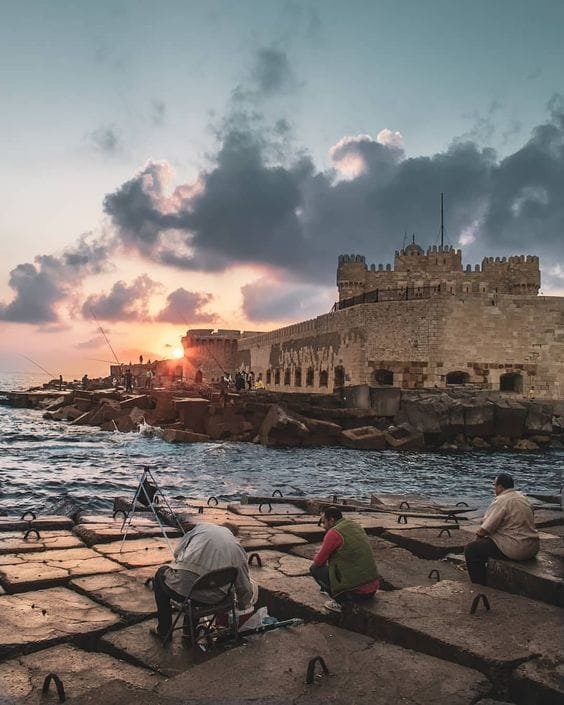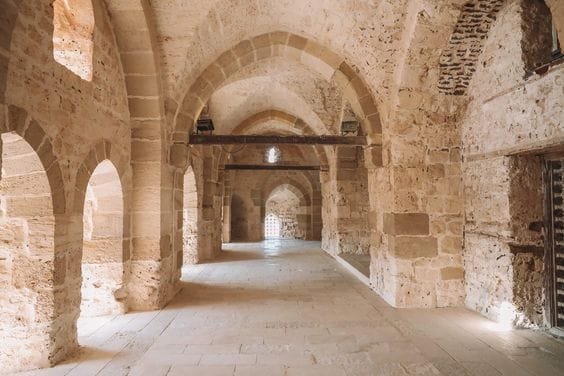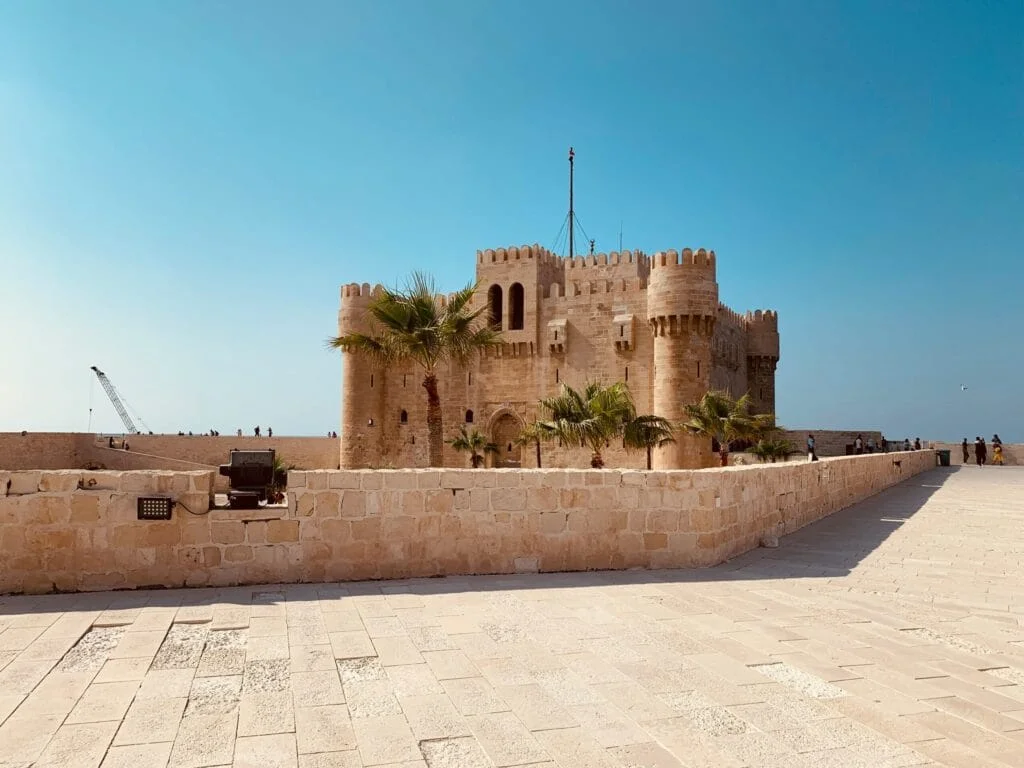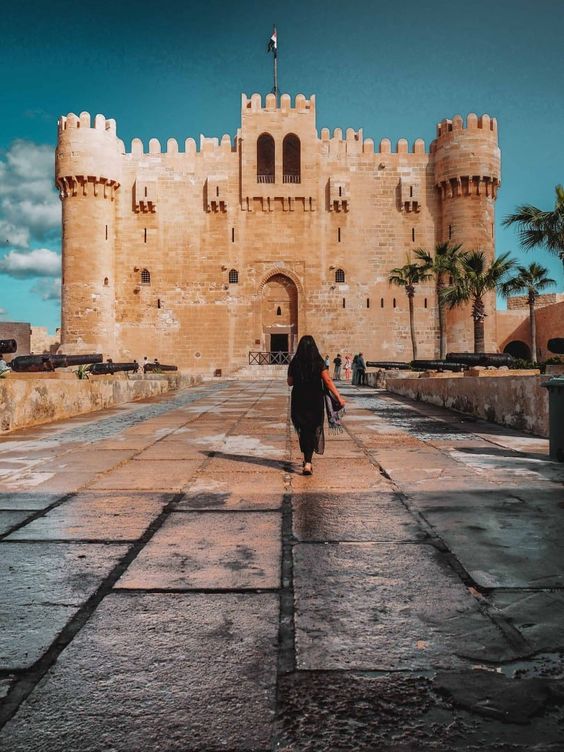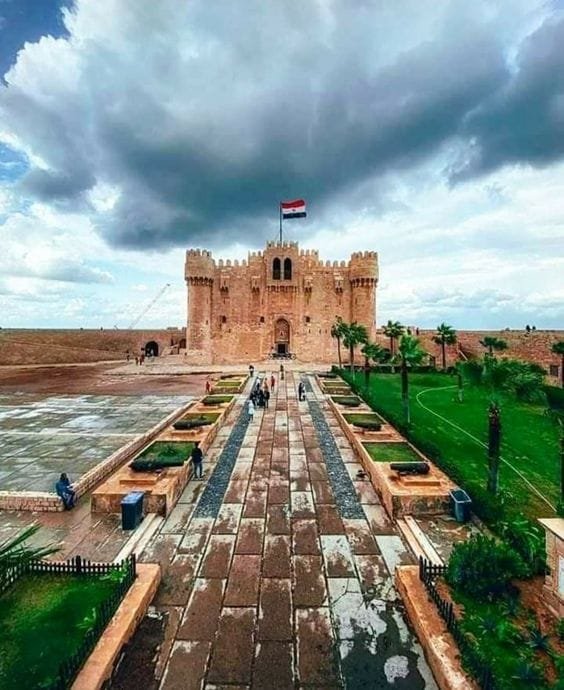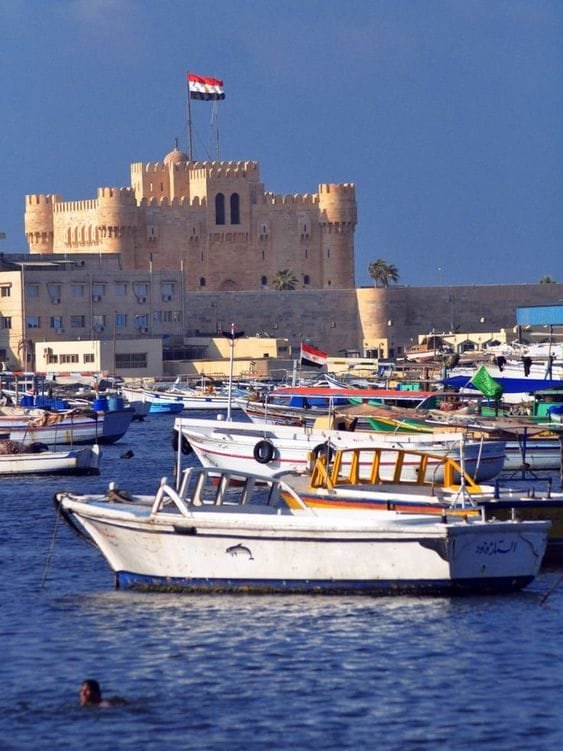The Citadel of Qaitbay stands proudly on the northern tip of Alexandria, Egypt, overlooking the Mediterranean Sea. A symbol of Egypt’s rich military and architectural history, this majestic fortress is one of the most famous landmarks in Alexandria. Built in 1480 AD during the reign of the Mamluk Sultan Qaitbay, the citadel is an embodiment of Egypt’s military strength, architectural ingenuity, and strategic importance in the medieval period.
Egypt Tour Magic
Each tour type can be adjusted in terms of duration, activities, and accommodations to best meet the needs and interests of your clients.
About Us
Embark on a journey with Egypt Tour Magic and discover the magic of Egypt like never before …
Our Services
Discover the magic of Egypt with Egypt Tour Magic, where every detail is taken care of to ensure..
Our Team
At Egypt Tour Magic, our dedicated team is passionate about creating unforgettable travel experiences....
Refund and Returns Policy
At Egypt Tour Magic, we strive to provide exceptional travel experiences. However ..
Contact Us
We’re here to help you with any questions or to assist you in planning your next ..
Egypt Tour Magic
Explore More About Us


